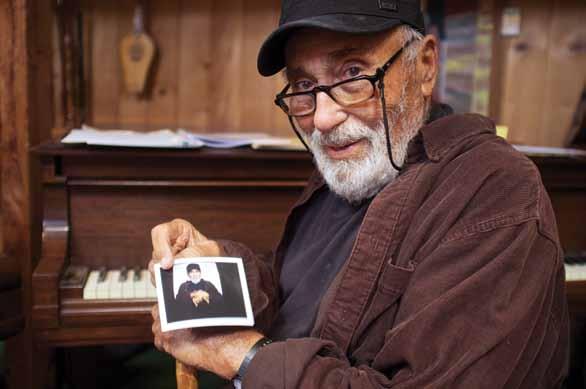
1 minute read
ON THE COVER
BEHIND the scenes
with Chris Bersbach
When I read Botso’s story, I was pretty blown away. I thought, “Wow, we just have to do the shoot with film.” Normally, digital is fine, but using film felt like the right thing to do. And, when I was asked to shoot against a white background, I was really excited. There is nothing like a portrait in front of a clean background, because there’s nothing extra to distract from the viewer’s eye—so they focus directly on the subject. I love faces, and I don’t think there’s a better way to really “see” a person’s face than to make their portrait against a clean, white background.
We shot the cover in Botso’s garage using two lights (a.k.a. strobes or flashes) and a seamless background. One of the lights was up above his face, and the other light was behind. We made the photos in the late morning, but the time of day didn’t really matter for these, since all of the light was from the strobes. In fact, I chose the garage for this shot specifically because it was relatively dark, meaning that I wouldn’t need to worry about any ambient light “polluting” the light from my strobes.
I call this my “big” camera. It’s a Hasselblad 500c/m. Known as a “system” camera, every piece is removable and interchangeable— from the lens to the viewfinder, the film holder, and the film winder. These cameras were in production nearly unchanged from 1959 through 1994, and still see pretty wide use today. They’re heavy and bulky, but they’re all metal, and with a little TLC, they keep working pretty much forever. Talk about durability.












